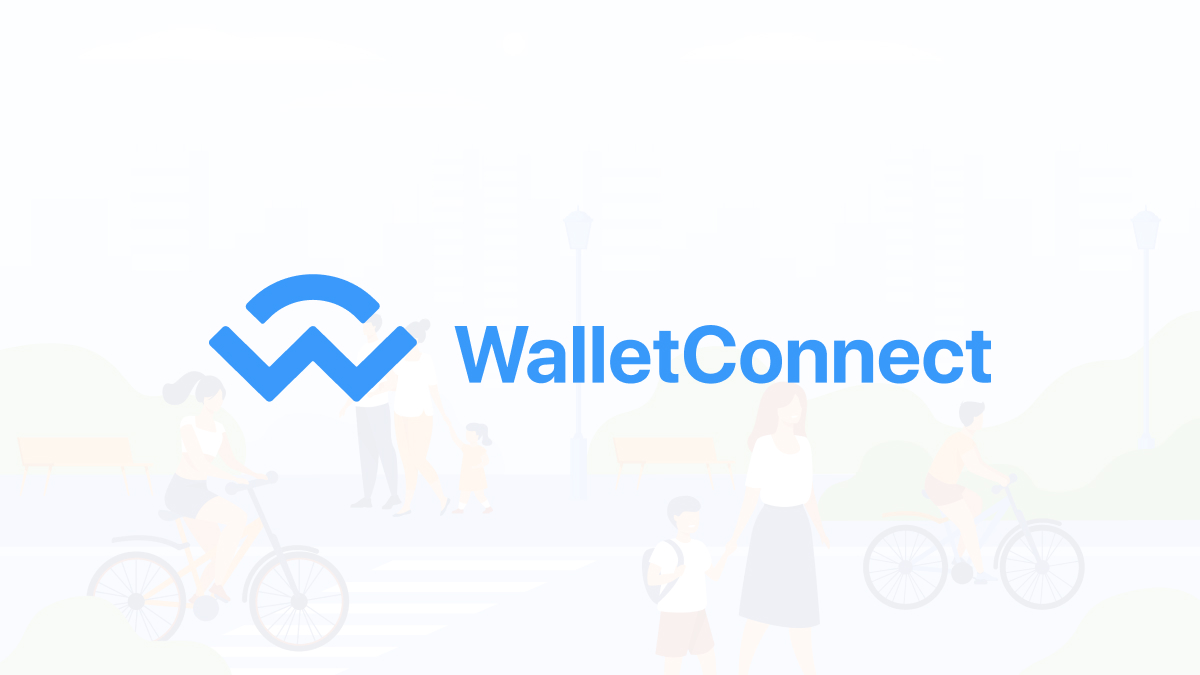A malicious app mimicking WalletConnect has stolen over $70,000 in cryptocurrency from Android users. Learn how this scam operated and how to protect yourself.
In the bustling heart of Silicon Valley, a digital heist has been unfolding right under our noses. For five months, a counterfeit app masquerading as the popular WalletConnect protocol infiltrated Google Play, siphoning cryptocurrency from unsuspecting Android users. Today, I’m standing outside Google’s headquarters in Mountain View, California, where the tech giant is grappling with the fallout from this sophisticated scam that has shaken the crypto community to its core.
The Anatomy of a Digital Deception
As the morning fog lifts from the Google campus, security experts are huddled in conference rooms, dissecting how this malicious app, deceptively named “WallConnect,” managed to slip through their defenses. The app, which amassed over 10,000 downloads since March, posed as a lightweight Web3 tool offering various blockchain functionalities.
“It’s a wolf in sheep’s clothing,” explains Dr. Sarah Chen, a cybersecurity analyst at Check Point Research, who first uncovered the scam. “The app mimicked WalletConnect’s functionality so convincingly that even experienced crypto users were fooled.”
The Real Cost of Fake Apps
The impact of this digital deception is far-reaching. According to Check Point’s analysis, at least 150 victims have fallen prey to the scam, with losses exceeding $70,000 in digital assets. However, the true extent of the damage may be even more significant.
Tom Rodriguez, a blockchain developer who narrowly avoided becoming a victim, shares his experience: “I was about to connect my wallet when something felt off. The interface was slightly different from what I was used to. That moment of hesitation saved my crypto.”

Google Play’s Security Breach: A Wake-Up Call
As we walk past Google’s colorful bike racks, the irony of this security breach occurring on the tech giant’s own platform is not lost on industry observers. Despite Google Play’s robust defense mechanisms, the fake app managed to evade detection for months.
This incident highlights the evolving sophistication of crypto scams,” notes Emily Zhao, a professor of computer science at Stanford University. “The malicious actors behind this app didn’t rely on traditional malware. Instead, they used redirections and social engineering tactics, making it harder for automated systems to detect.”
The Mechanics of the Scam
The fraudsters behind WallConnect employed a multi-faceted approach to lure and deceive users:
1. Impersonation: The app closely mimicked the legitimate WalletConnect project, a popular open-source crypto bridge protocol.
2. Visibility Boost: Fake user reviews artificially inflated the app’s ranking on Google Play, increasing its visibility to potential victims.
3. Malicious Redirection: Once installed, the app directed users to a fraudulent website where they were prompted to authorize transactions.
4. Strategic Asset Drain: The scam prioritized the withdrawal of more valuable tokens before targeting lesser-value assets.
“It’s like a digital pickpocket operation,” Dr. Chen explains. “But instead of physical wallets, they’re targeting crypto wallets, and the stakes are much higher.”
The Human Cost of Crypto Scams
As the sun climbs higher over the Google campus, I meet with Mark Johnson, one of the victims of the WallConnect scam. His story puts a human face on the cold statistics of this digital heist.
“I lost nearly $5,000 in Ethereum,” Johnson shares, his voice tinged with frustration and regret. “I thought I was being careful, but these scammers are getting too good. It’s not just money; it’s the feeling of vulnerability that really hits you.”
In response to Check Point’s report, Google has removed the fake app from the Play Store. However, questions remain about how to prevent similar incidents in the future.
A Google spokesperson, speaking on condition of anonymity, stated, “We’re constantly improving our ability to detect and prevent fraudulent apps from entering the Play Store. This incident has provided valuable insights that will help us enhance our security measures.
Protecting Yourself in the Wild West of Crypto
As our day at Google headquarters draws to a close, the key takeaway is clear: in the rapidly evolving world of cryptocurrency, vigilance is paramount. Experts recommend the following precautions:
1. Verify app authenticity: Always double-check the developer’s credentials and read user reviews critically.
2. Be cautious with permissions: Be wary of apps requesting extensive access to your device or wallet.
3. Use official sources: Download crypto-related apps only from official websites or verified app stores.
4. Stay informed: Keep up with the latest news and scam alerts in the crypto community.
As the sun sets over Silicon Valley, casting long shadows across Google’s campus, the WallConnect incident serves as a stark reminder of the risks lurking in the digital world. It underscores the need for heightened security measures from tech giants and increased vigilance from users in the ever-evolving landscape of cryptocurrency.
While Google Play and other app stores continue to refine their defenses, the responsibility ultimately lies with users to stay informed and cautious. In the wild west of Web3, your crypto wallet’s security is only as strong as your awareness.
















Add Comment